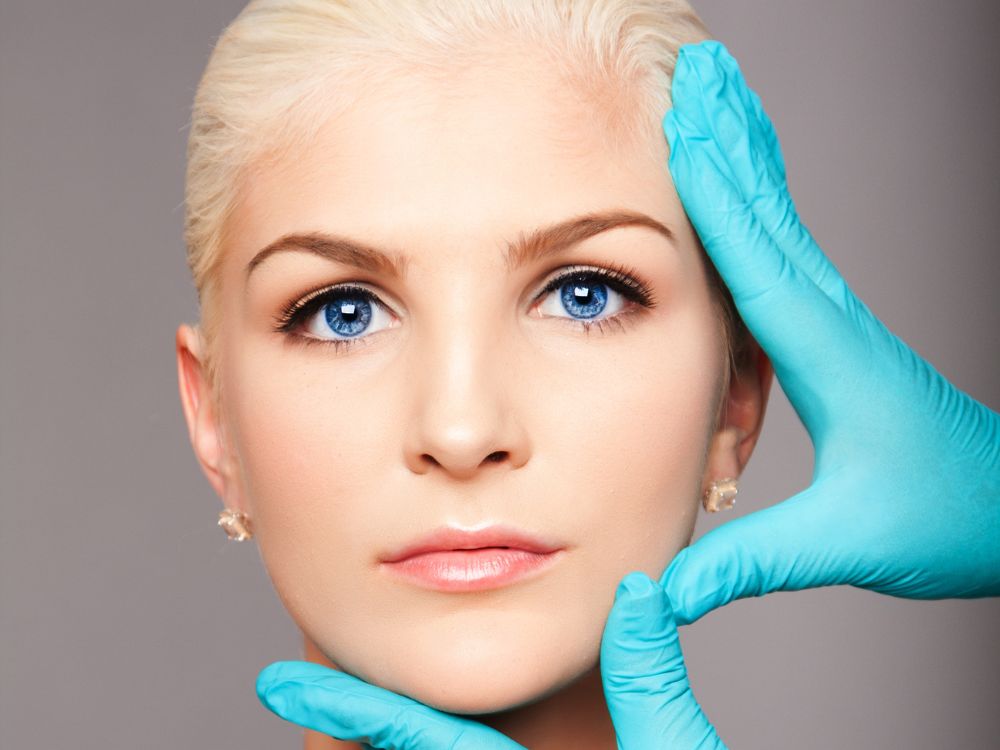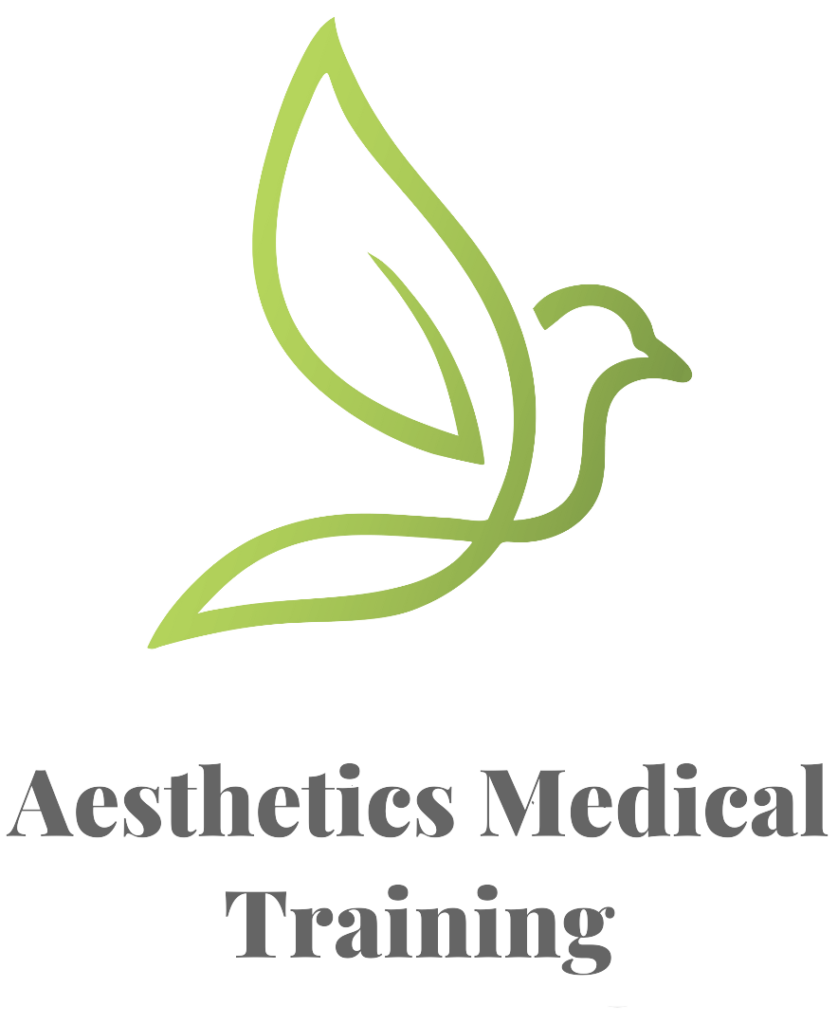As the demand for cosmetic procedures escalates, with over 18 million treatments reported last year by the American Society of Plastic Surgeons, the need for skilled aesthetic nurses has never been higher. This guide outlines your path to joining this thriving field, focusing on the key roles, educational paths, and the blend of art and science required for success.
In this guide, you’ll discover:
- The multifaceted role of aesthetic nurses in enhancing patient appearance.
- Steps to becoming a certified aesthetic nurse, highlighting the significance of the NCLEX-RN exam and specialized training.
- The growth and opportunities within aesthetic nursing, underscored by the Bureau of Labor Statistics‘ projection of a 6% increase in RN positions.
Whether you’re just starting out or aiming to specialize further, we’ll guide you through the essentials of education, certification, and career advancement. Plus, learn how our online school, Aesthetics Medical Training (AMT), can elevate your career in this exciting specialty. Let’s embark on this journey to redefine beauty and health care together.
Understanding the Role of an Aesthetic Nurse
Aesthetic nursing, an engaging and rapidly growing specialty within the healthcare industry, intertwines the compassionate core of nursing with the advancing field of cosmetic medicine. Aesthetic nurses, also known as cosmetic nurses, are registered nurses who have specialized in aesthetic procedures and treatments. Their primary role is to assist in procedures that enhance a patient’s physical appearance, contributing significantly to their mental and emotional well-being.
Unlike traditional nursing, which centers around diagnosing and treating medical conditions, aesthetic nursing primarily addresses the cosmetic needs of patients. The core responsibilities of aesthetic nurses include conducting patient consultations, performing non-surgical cosmetic procedures, managing post-treatment care, and ensuring patient safety and satisfaction throughout the process. They must possess a deep understanding of facial anatomy, skin science, and the principles of aesthetic medicine to deliver effective and safe treatments.

Daily Responsibilities and Impact on Patients
Aesthetic nurses carry out a variety of tasks each day, from conducting patient medical screenings and checking vital signs to administering non-surgical treatments like dermal fillers, chemical peels, and laser hair removal. Their skill set is diverse, requiring not only a deep understanding of aesthetic medicine but also an artistic eye to ensure natural, pleasing results.
Find out What Is a Chemical Peel.
The impact of an aesthetic nurse on a patient’s life can be profound. By improving patients’ physical appearance, they often help boost self-esteem and confidence. According to the American Association of Aesthetic Medicine, patients report high levels of satisfaction following aesthetic treatments, which is a testament to the valuable work of aesthetic nurses. This satisfaction not only enhances the patient’s life but also contributes to the nurse’s job satisfaction and sense of fulfillment.
Work Environments and Opportunities
Aesthetic nurses find opportunities in a variety of settings. They may work in dermatology offices, where they assist with skin treatments and cosmetic injectables; plastic surgery clinics, supporting surgeons with pre- and post-operative care and surgical procedures; or medical spas and private practices, focusing on non-surgical treatments and aesthetic services.
The scope of practice for aesthetic nurses can vary significantly from one setting to another. In private clinics and spas, they may have more autonomy and direct interaction with patients, performing a wide range of non-invasive aesthetic procedures. In hospital settings or plastic surgery offices, they may work more closely with physicians and surgeons, assisting with surgical procedures and managing patient care before and after surgery.
The Path to Becoming an Aesthetic Nurse
Embarking on a career as an aesthetic nurse offers a unique intersection between the compassion of healthcare and the innovative world of cosmetic medicine. The educational timeline to become an aesthetic nurse ranges from 4 to 7 years, depending on the type of degree obtained and the time taken to complete necessary certifications.
Here’s a step-by-step guide on how to navigate the journey to becoming an aesthetic nurse:
Step 1: Obtain a Nursing Degree
The foundational step to becoming an aesthetic nurse is earning a nursing degree. Aspiring nurses can opt for an Associate’s Degree in Nursing (ADN) or a Bachelor of Science in Nursing (BSN) from accredited nursing schools. The BSN degree, often preferred by employers, provides a comprehensive education in nursing and serves as a solid foundation for advanced practice and specialized training later on.
Step 2: Pass the NCLEX-RN Exam
After completing a nursing program, graduates must pass the National Council Licensure Examination (NCLEX-RN) to obtain their registered nurse (RN) license. This exam assesses the candidate’s knowledge and skills necessary for safe and effective practice as an entry-level nurse.
Step 3: Gain Relevant Experience
Experience in related fields such as dermatology, plastic surgery, or general nursing is crucial. Many aesthetic nurses start their careers in settings that offer exposure to skin care, surgical procedures, or patient care, providing invaluable experience that lays the groundwork for a specialization in aesthetics.
Step 4: Pursue Specialized Training and Certification
Specialization in aesthetic nursing requires additional training focused on cosmetic treatments. Nurses can enhance their skills through workshops, online courses, and certification programs. Certifications such as the Certified Aesthetic Nurse Specialist (CANS) offered by the Plastic Surgical Nursing Certification Board signify a high level of expertise in aesthetic nursing.
Step 5: Commit to Ongoing Education
The field of aesthetic medicine is rapidly evolving, with new technologies and techniques constantly emerging. Ongoing education is paramount to stay current with the latest advancements. Many aesthetic nurses attend annual conferences, participate in webinars, and enroll in advanced courses to refine their skills and expand their knowledge base.
Continuous learning and staying abreast of the latest cosmetic procedures and technologies are not just beneficial—they’re essential for career growth and patient satisfaction.

Career Advancement and Opportunities for Aesthetic Nurses
The career outlook for aesthetic nurses remains positive, with the overall registered nursing field expected to grow by 6% by 2031, according to the Bureau of Labor Statistics. Aesthetic nurses offer a range of services including Botox and dermal filler injections, tattoo removal, dermabrasion, and non-surgical body contouring. They typically work in medical spas, clinics, outpatient surgery facilities, or private offices, focusing on non-invasive cosmetic procedures rather than surgical procedures.
The field of aesthetic nursing is experiencing substantial growth and offers a variety of career opportunities. According to ZipRecruiter, the average salary for an aesthetic nurse in the United States is $89,970 annually, with a range extending from $50,500 at the lower end to $138,500 at the upper end depending on factors such as location, experience, and work setting.
Salaries for aesthetic nurses can vary significantly by state. For example, aesthetic nurses in California can expect to earn an average annual salary of $150,160, while those in Alabama may earn around $75,350. Other states with notable average salaries include Alaska ($116,340), Arizona ($97,680), and Georgia ($95,930).
With the industry’s rapid evolution, aesthetic nurses who stay ahead of trends such as non-surgical body contouring, laser skin resurfacing, and platelet-rich plasma (PRP) treatments are more likely to advance. The Bureau of Labor Statistics forecasts significant job growth for RNs, including aesthetic nurses, with states like California, Texas, and Florida offering the highest number of job opportunities.
Moreover, the demand for aesthetic services is not just limited to traditional settings. Aesthetic nurses with entrepreneurial spirits are founding their own practices and mobile services, providing treatments in a variety of settings from private offices to clients’ homes. The median salary for aesthetic nurses venturing into private practice can exceed the average, especially when coupled with effective business management and marketing strategies.
Aesthetics Medical Training (AMT) – Elevate Your Career
Aesthetic nursing is not just a profession; it’s a pathway to numerous career advancements and opportunities. As an aesthetic nurse, your career is not confined to the treatment room. Many nurses progress to become clinic managers, independent practitioners, educators, or even entrepreneurs within the aesthetic industry. With the right mix of experience, additional certifications, and a keen understanding of emerging trends, the sky is the limit.
Our platform is designed for medical professionals like you, aiming to master the art and science of cosmetic procedures. With AMT, you’re not just learning; you’re setting the stage for a significant career leap in aesthetic medicine.
AMT offers a comprehensive suite of courses, from basic dermal fillers and chemical peels to advanced laser treatments and body contouring. Our curriculum blends scientific principles with artistic application, ensuring you provide superior patient care and aesthetic results. By learning with us, you’ll gain practical skills and in-depth knowledge to excel in various aesthetic treatments.
Earn CEUs While Advancing Your Skills
Our programs are more than just education; they are a pathway to maintaining your nursing license through Continuing Education Units (CEUs). These credits are essential for your professional growth and compliance with state licensing requirements, keeping you updated and competitive in the fast-evolving aesthetic field.
Why AMT?
Choosing AMT means choosing a partner committed to your success in aesthetic nursing. Our courses, crafted by industry experts, provide the knowledge and practical experience needed to thrive. Whether starting out or looking to upgrade your skills, AMT is here to guide you through your journey to becoming a leading aesthetic nurse.
Join Aesthetics Medical Training today and transform your career with the best in aesthetic education.

